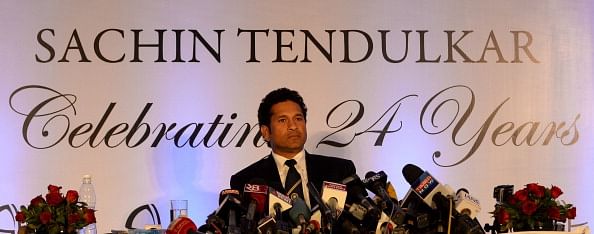
What is Sachin Tendulkar's true greatness?
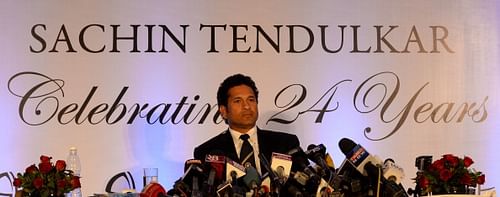
Sachin Tendulkar retired after 24 years in the game
The conclusion of the two-match Test series between India and the West Indies brought the curtains down on one of the most illustrious careers in modern cricket. As India wrapped up proceedings at the Wankhede stadium in Mumbai, inflicting a second successive innings defeat on the visiting West Indian side and winning the series 2-0, Indian batting great Sachin Tendulkar bid goodbye to the game that has been an integral part of his life for over 24 years.
He is called ‘God’ by a lot of his fervent supporters, with the other tags being thrust upon him being ‘Master Blaster’, ‘Maestro’ and ‘Greatest of All Time (GOAT)’. It was no doubt a very emotional moment for millions of fans of Tendulkar as they watched him walk off the ground yesterday with tears trickling down his cheeks, in realization of the finality of the moment.
Tendulkar is an Indian hero, there’s no two ways about it; however, the aura created around him, that of a ‘God’, can perhaps be attributed in large part to the time that he started playing from – a time when the Indian team was not a major force in the game and a time when Tendulkar’s batting brilliance shone through like the sun’s rays through a dense, dark accumulation of overbearing rain clouds.
The records accumulated by the great man put him on top in most of the charts, right from the number of centuries, matches played, aggregate runs et al, marking him out as one of the best players of his time and of the sport overall. But is there a tendency to anoint this ‘God’ status on him a little too hastily? Are records the only thing we should celebrate Tendulkar for?
In the context of a team game, how do Sachin Tendulkar’s records fit in? Does the longevity of Tendulkar’s career – he played with three generations of cricketers – not de facto push up his volumes? Are overall statistical aggregates not a rather crude way of measuring greatness? What about players such as Rahul Dravid and VVS Laxman, who probably had as much of an impact in games for India, if not more, though not necessarily weighing in the same sort of numbers in volume?
Or for that matter, what about Indian greats from the pre-Tendulkar era, when the team did enjoy its fair share of highs epitomized through a World Cup triumph, successful ODI tournaments in Australia that saw them emerge winners, and two Test series in England and Australia, the former which was won and the latter which was drawn?
A recent article by Impact Index, a Mumbai-based firm run by cricket enthusiasts Jaideep Varma, RS Prakash and Soham Sarkhel, documents a few points that attempt to cast an objective eye on the cricketer that was Sachin Ramesh Tendulkar, in order to try and separate mountains of monumental achievements from holy pilgrimages undertaken upon not the strongest of foundations.
Has the romantic gaze accompanying the love for Sachin Tendulkar made us gloss over his shortcomings, and for that matter, his true greatness?
Borrowing the arguments and the verifiable facts put forward by Impact Index, here is an attempt to granularly dissect perhaps some of the most impressive set of overall stats ever assembled. And in the end, leave the field open to you to make up your own mind on where that leaves us all.
1) “Longevity defines Tendulkar more than anything else”
This has to be one of Tendulkar’s biggest achievements and something for which he does not get a lot of credit. 24 years in international cricket in which, barring perhaps the last three, he was regularly contributing to the team’s cause.
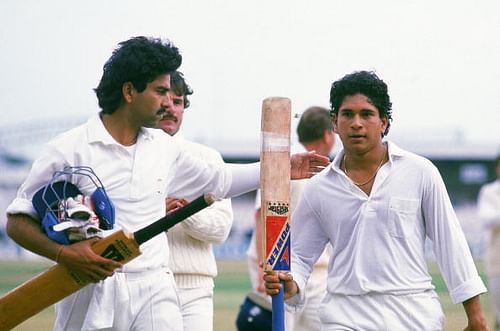
Sachin Tendulkar of India celebrates hitting 119 runs not out during the Second Test match against England played at Old Trafford, in Manchester, England
As mentioned earlier, he has played with three different generations, which is quite a remarkable feat. Sport and cricket have become so much more physically demanding in modern times, and Tendulkar has managed to keep pace with it. While he kept himself in the best of shape, his talent saw to his on-field fortunes.
Two other individuals who have achieved something similar, of having played with multiple generations, would be Ryan Giggs in football and Roger Federer in tennis. It was no surprise then that the Swiss player was part of the fraternity that tweeted in on the occasion of Tendulkar’s retirement, knowing full well the levels of fitness and hunger that are necessary to endure such a long run.
What a remarkable career @sachin_rt. Wish you the very best moving forward #ThankYouSachin
— Roger Federer (@rogerfederer) November 15, 2013
2) “Tendulkar is not the highest impact Indian batsman in any of the 3 formats, but he is the most complete”
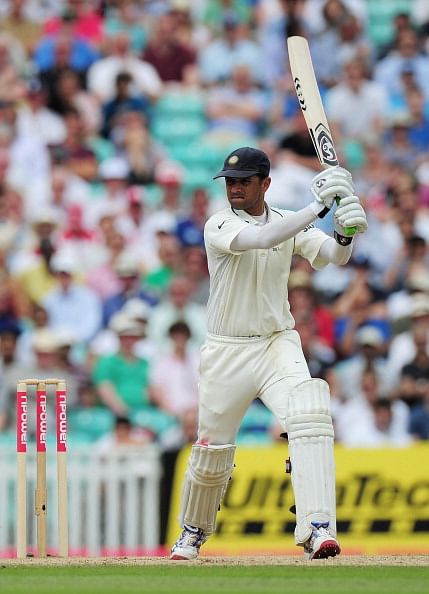
Rahul Dravid impacted more Test matches for India than Tendulkar
Impact Index reveals that in Tests it is Rahul Dravid, in ODIs Virat Kohli and in T20s Suresh Raina who are the premier performers for India in the respective formats, taking into account the number of series-defining performances by a player.
Discounting the T20s, it is the Test and ODI arenas that spark the most interest. While Tendulkar is the top run getter in Tests having amassed 15,921 runs, there is the overlying feeling that Dravid’s 13,288 defined more series, and they came in 43 innings fewer.
In ODIs, Kohli’s record so far is quite staggering and it is no surprise that he ranks ahead in this index. But his 119 games pale in comparison to Tendulkar’s 463. So the question is whether Kohli can keep up this sort of form right through the later stages of his career. Still, if there was one Indian batsman you would bet on eclipsing Tendulkar’s feats in ODIs, it would have to be Kohli for now.
That being said, the index also reveals that Tendulkar has the second highest impact in both Tests and ODIs behind Dravid and Kohli respectively, and for the Mumbai Indians T20 franchise, was the most consistent batsman over five seasons, the fifth most consistent batsman overall and had the eighth highest impact in the IPL.
This goes to show his versatility and the innate knack that he displayed through his career of adapting to challenges. No other batsman, Impact Index reveals, has had such a high impact in all three formats of the game.
3) “Tendulkar had two great phases in his career”
These two phases according to the index are the periods between 1996-2000 and 2008-2011.
His impact in these eight years as compared to the rest of his career was 72% more in Tests and 35% more in ODIs. He was the highest impact Indian batsman in both Tests and ODIs during this period.
In that first period towards the turn of the millennium, only Michael Bevan and Aravinda De Silva had higher impacts in ODIs, and five of his nine total series/tournament-defining ODI performances came during this time.
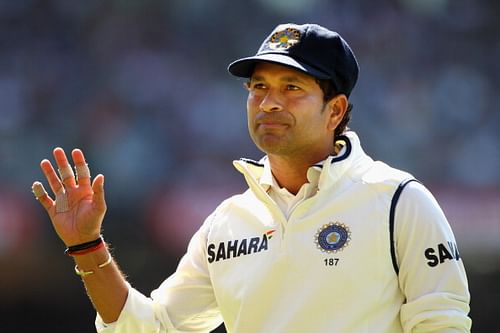
Tendulkar from the series Down Under
And that sounds about right, because even now, if one thinks back to some of Tendulkar’s most memorable innings, ‘Desert Storm’ in Sharjah, the ’96 and ’99 World Cup and the series against Australia both at home and abroad between 1996 and 2000 ring loud.
The second phase between 2008-2011 is even more remarkable, as at the age of almost 35, he experienced something of a second wind and had a remarkable free-scoring run, especially in Tests; the index says he had four of his six series-defining performances in the longer format in this period.
The Tests on tours to Australia and South Africa register prominently here, while his performance in the series Down Under and the 2011 World Cup stand tall in ODIs. The 2008-2011 period is the most high-impact period of his career.